V. Faraway Lands
Rosalind Whitman
-
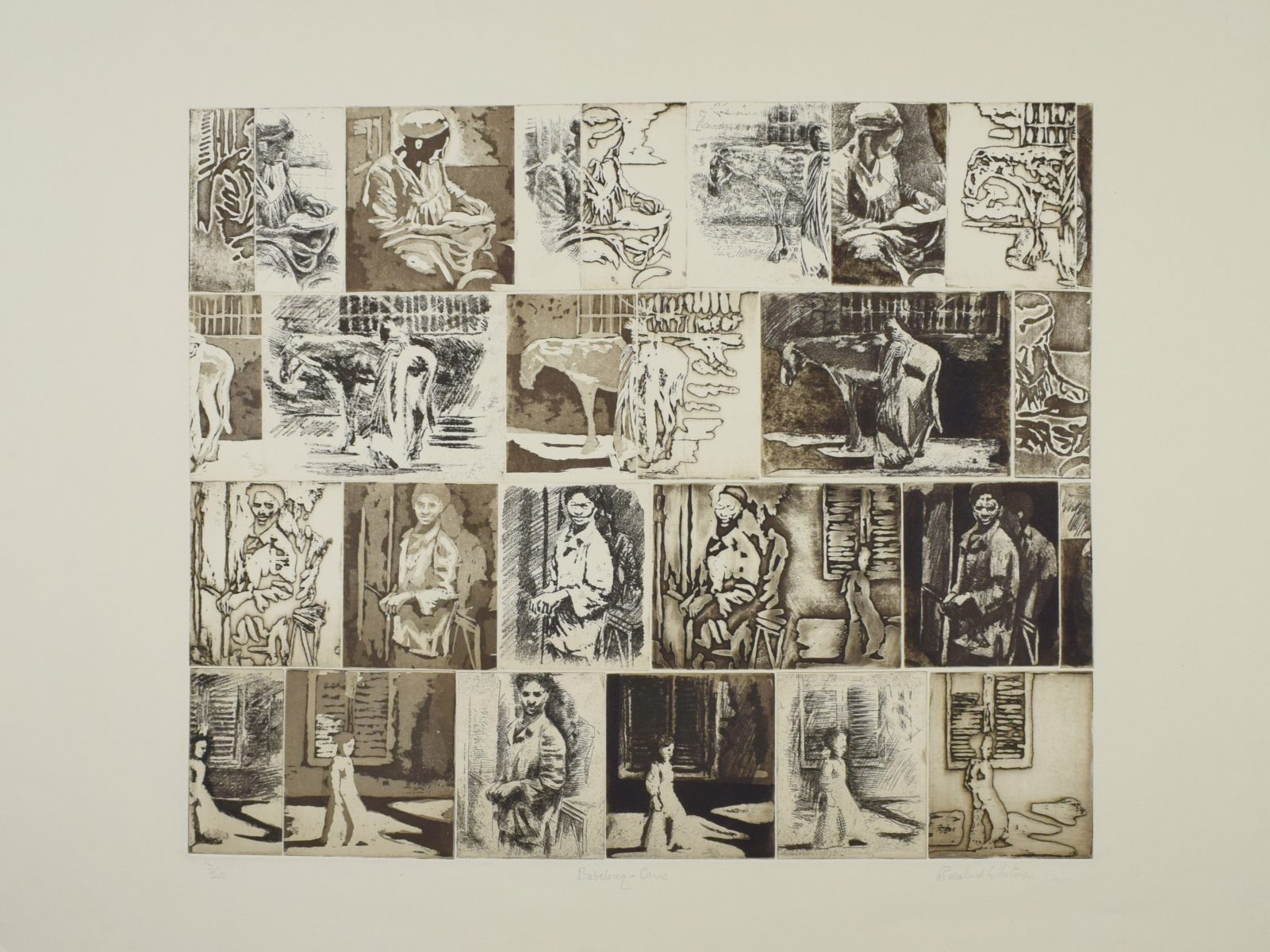
Babelouq, Cairo, etching
-
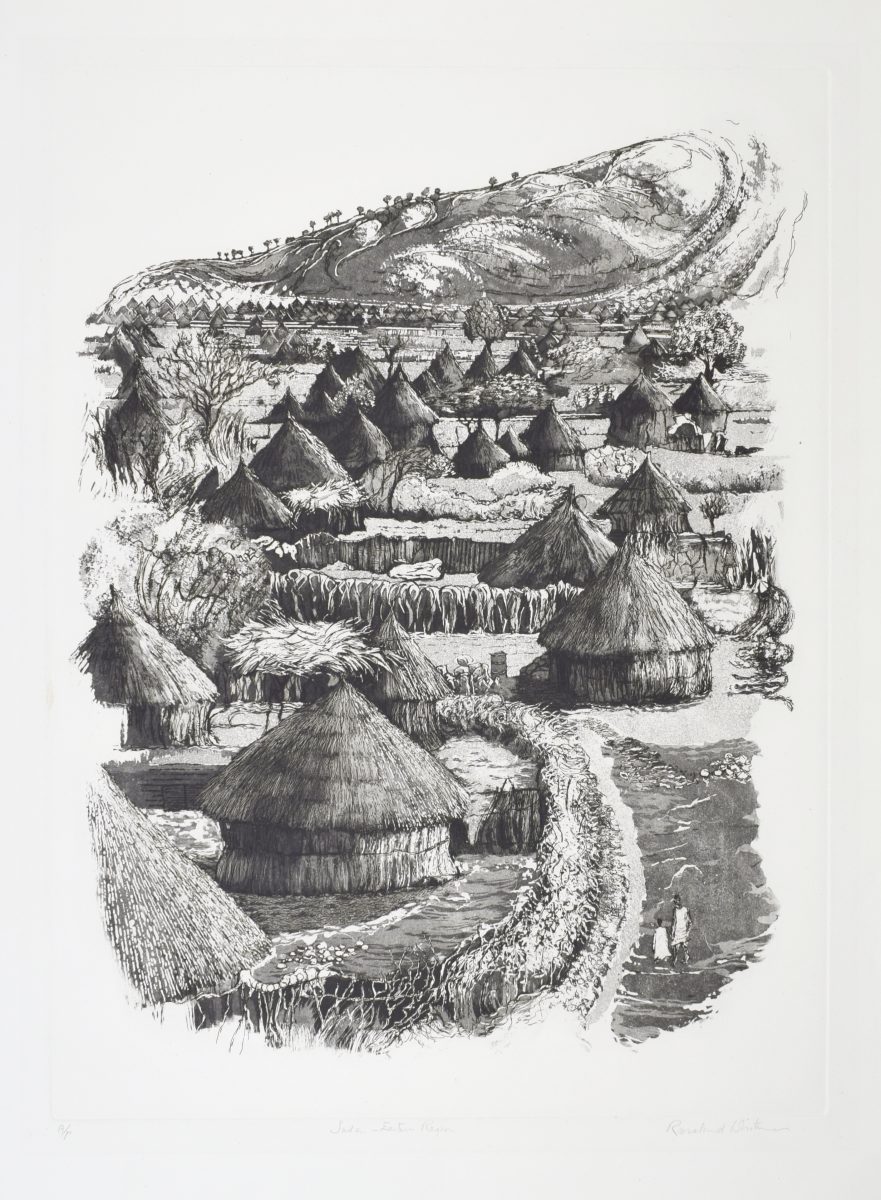
Sudan, Eastern Region, etching
-
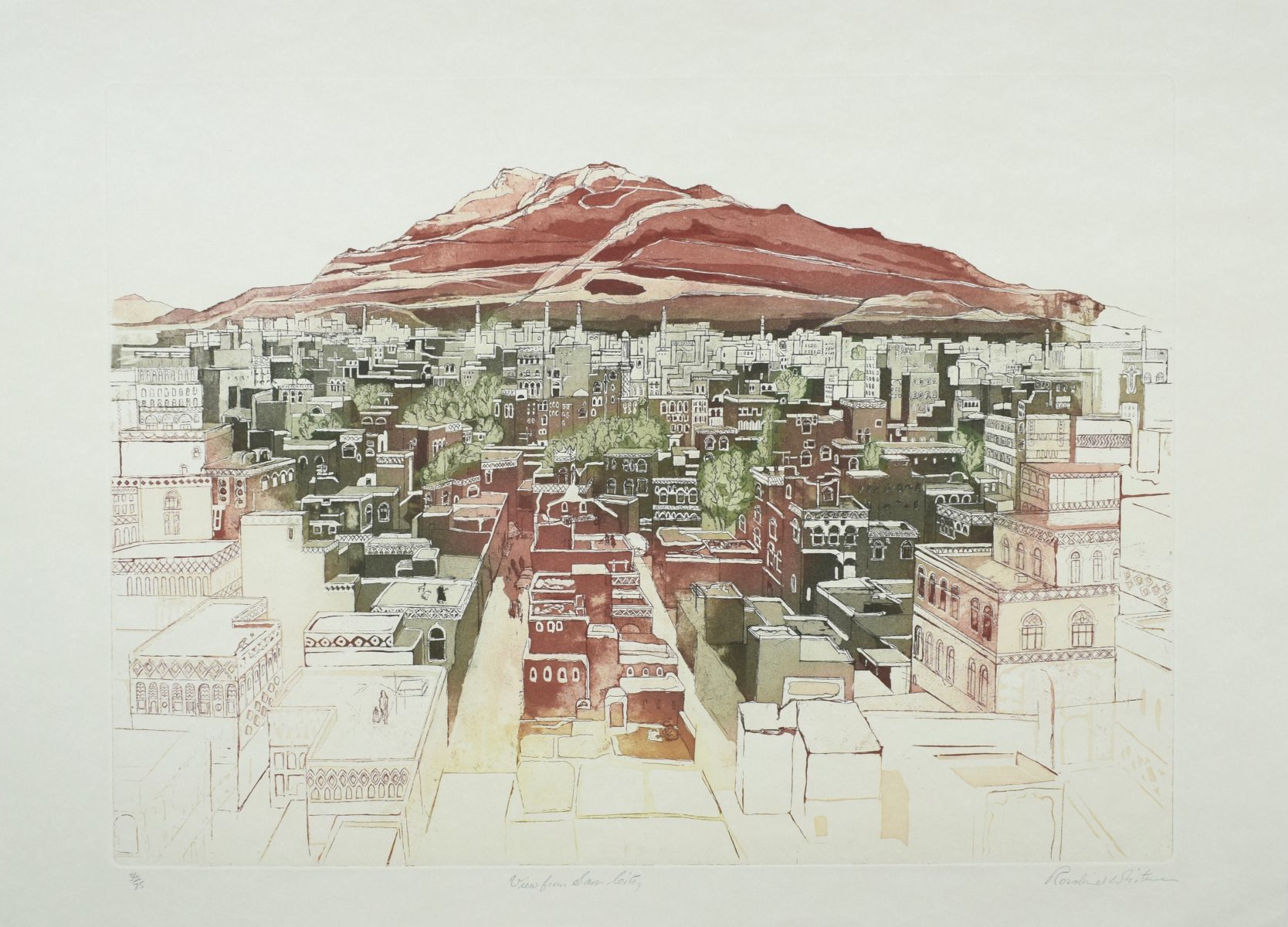
View from Sam City, etching
-
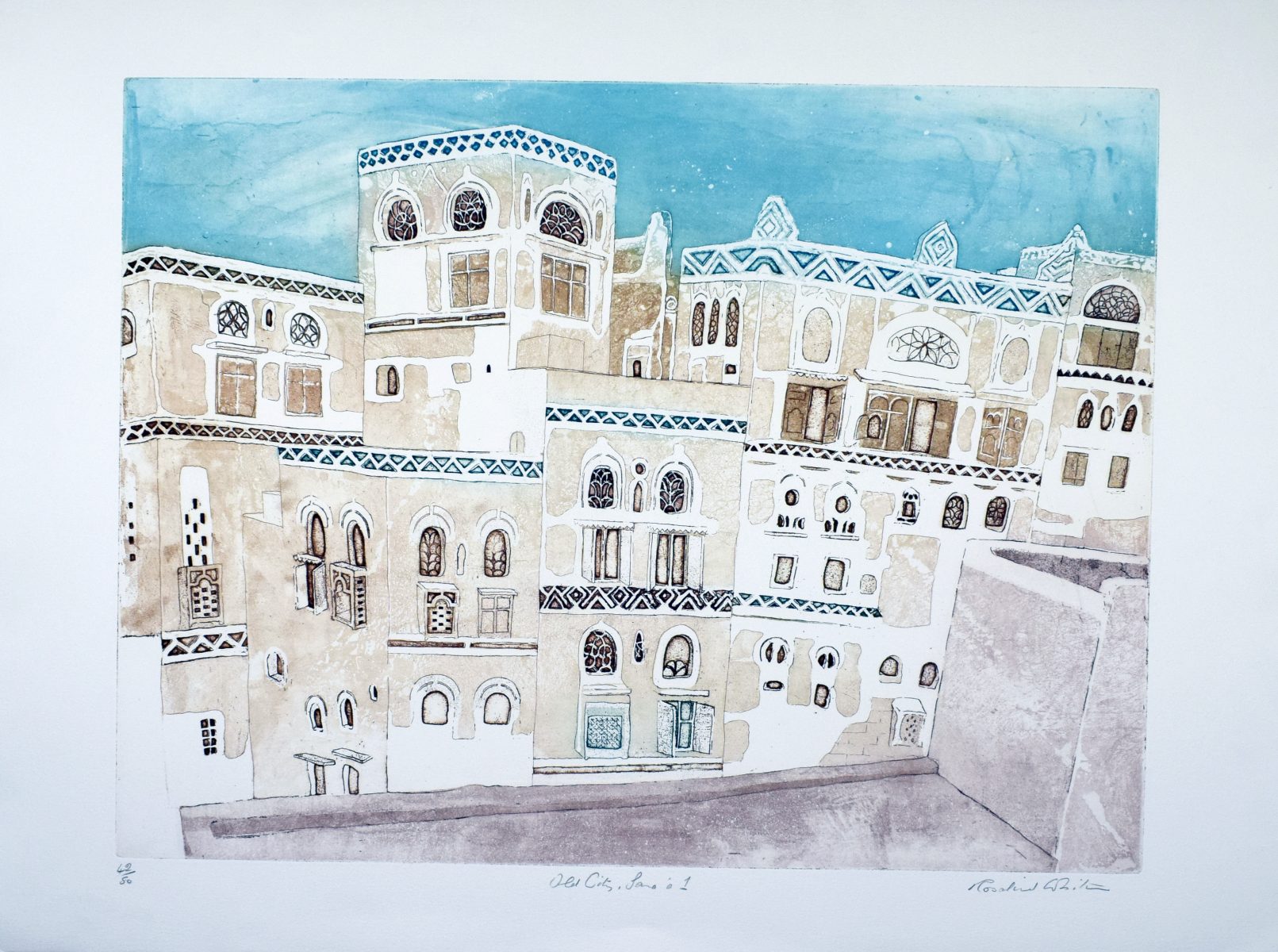
Sana’a 1, etching
-
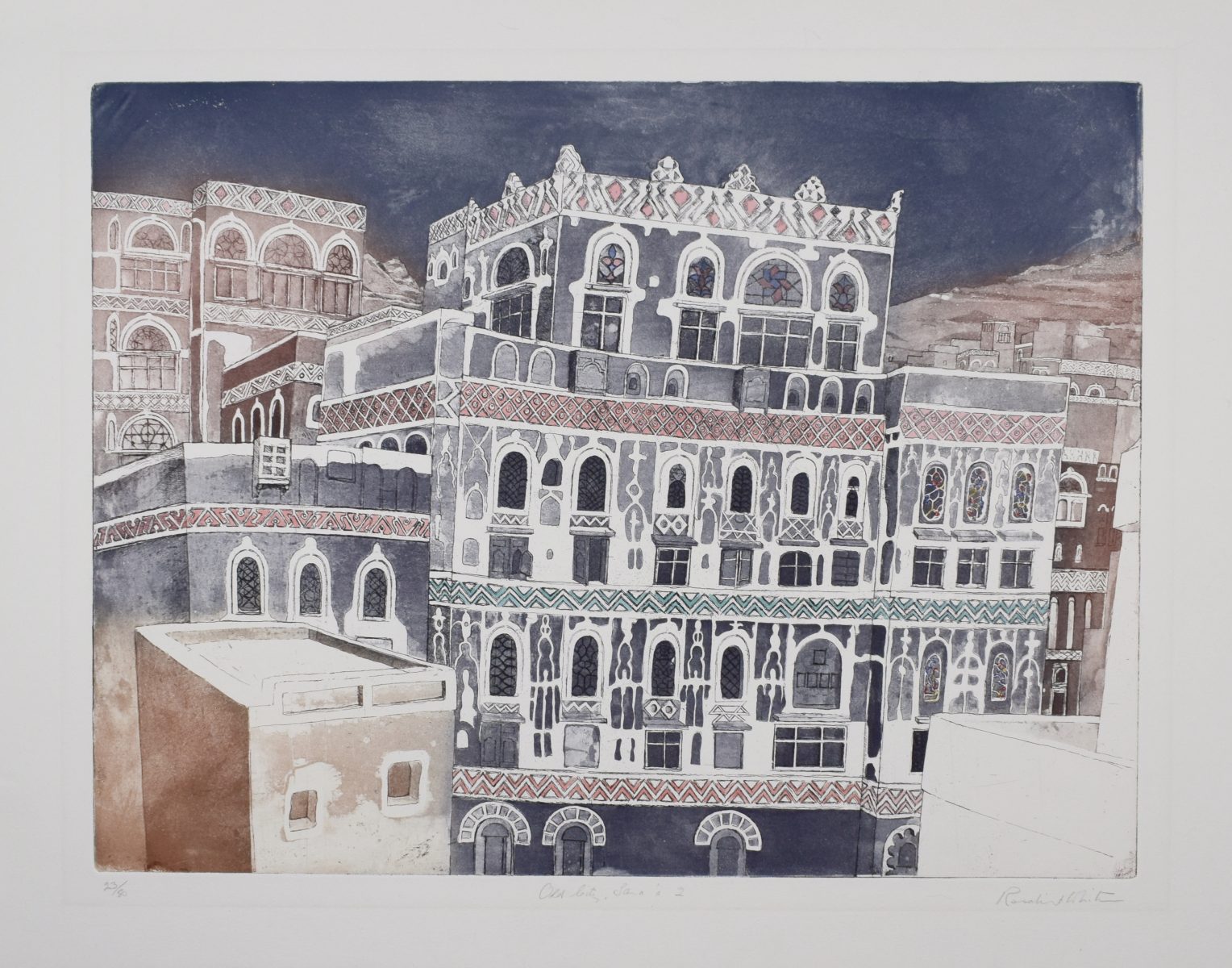
Sana’a 2, etching
-
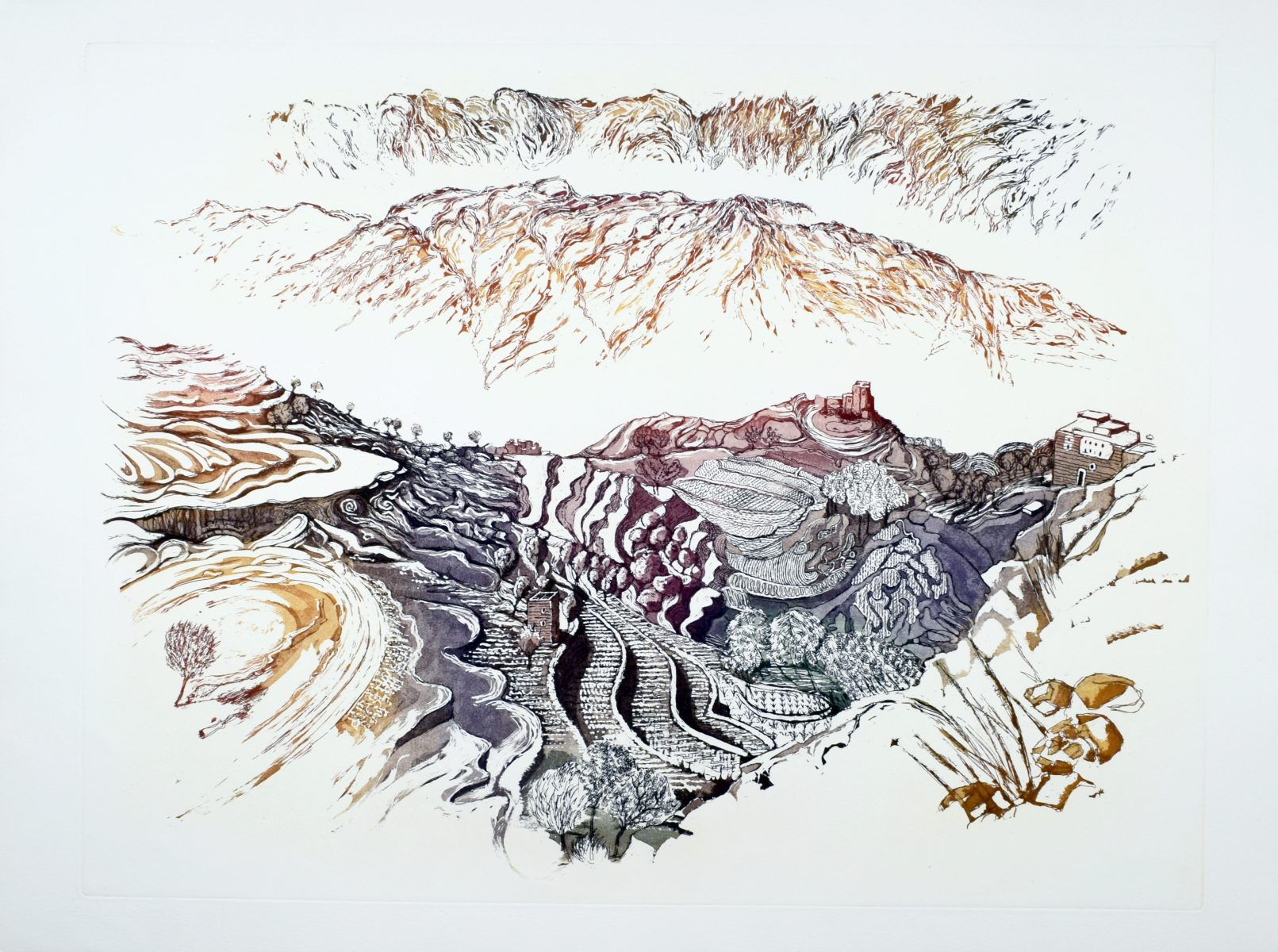
Road to Hajja 1, Yemen, etching
-
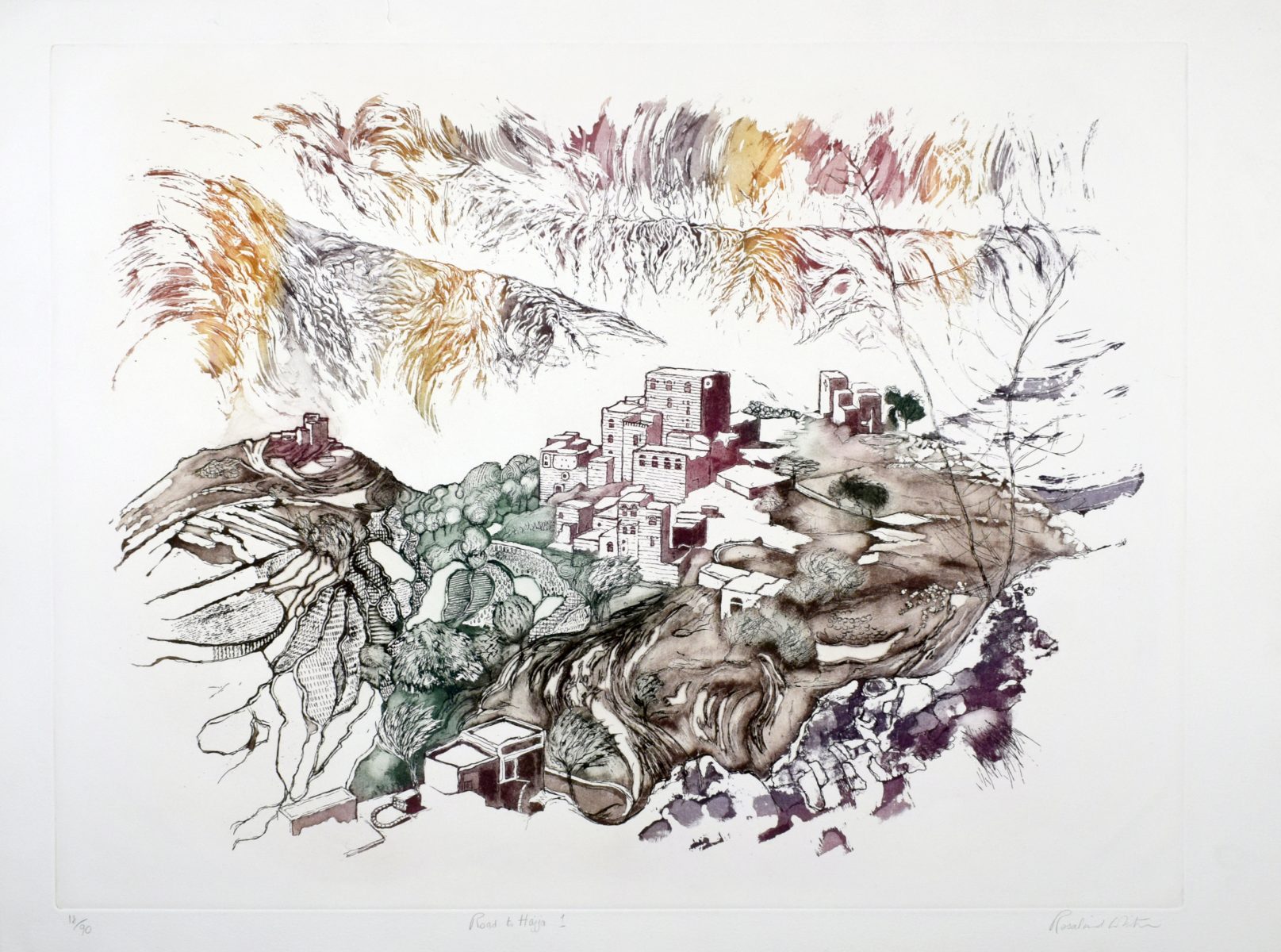
Road to Hajja 2, Yemen, etching
-
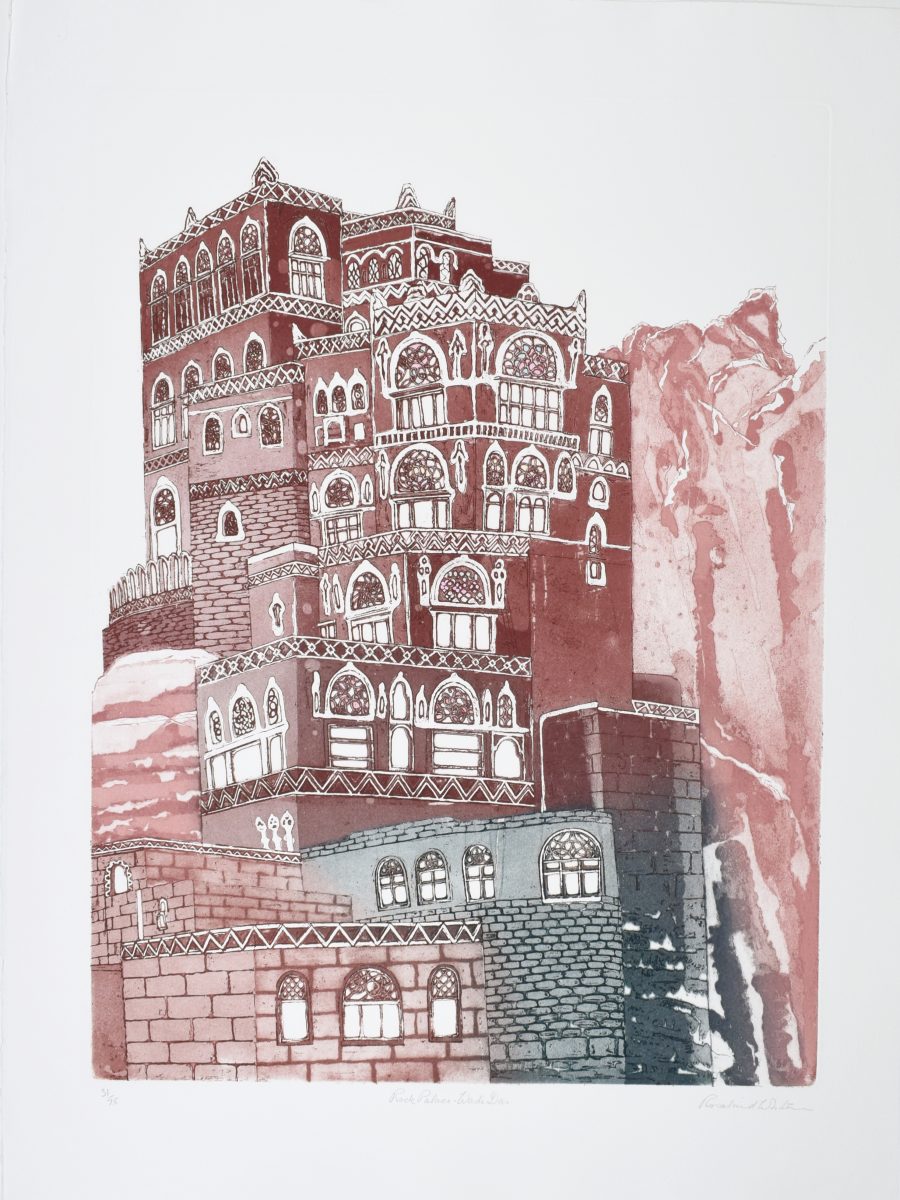
Rock Palace, Wadi Dar, etching
-
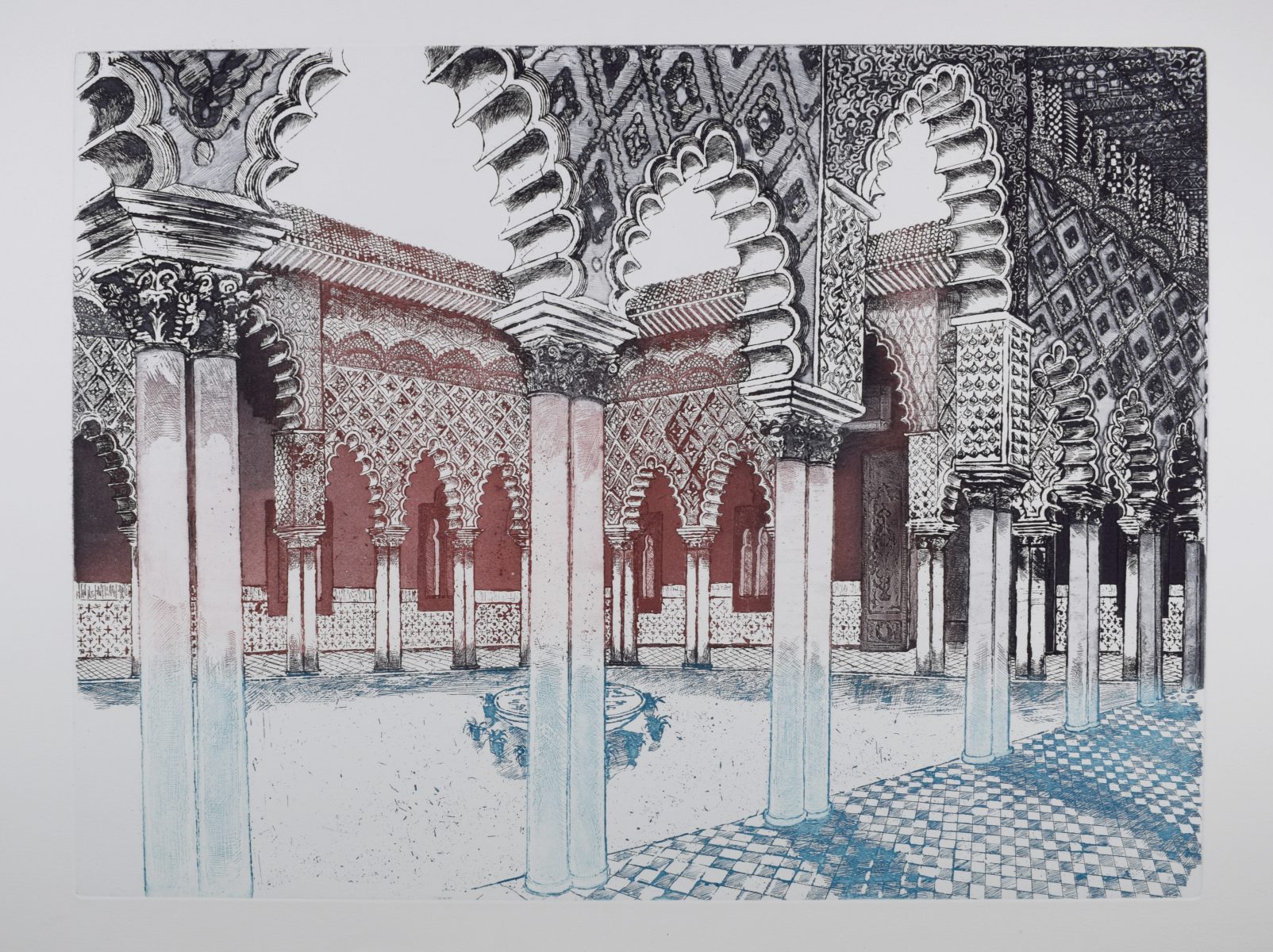
Al Qazar Andalusia, etching
-
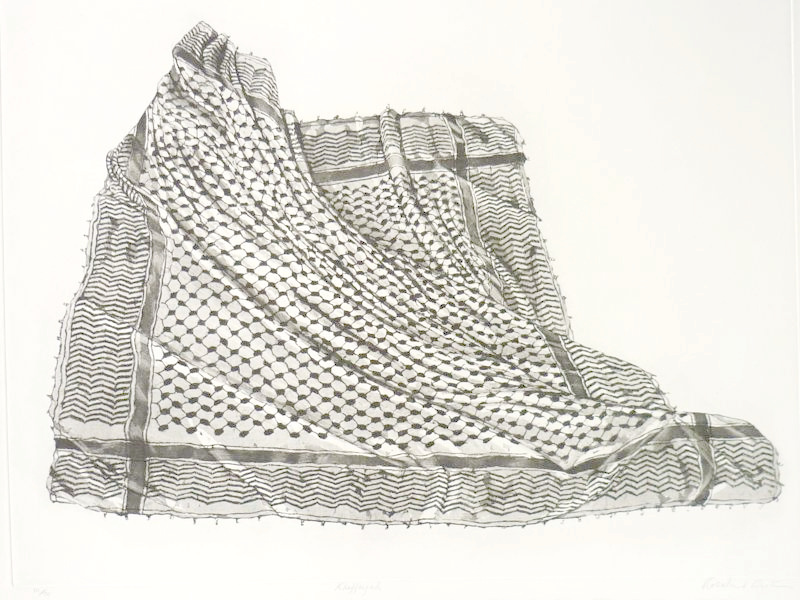
Keffeyah, Etching
-
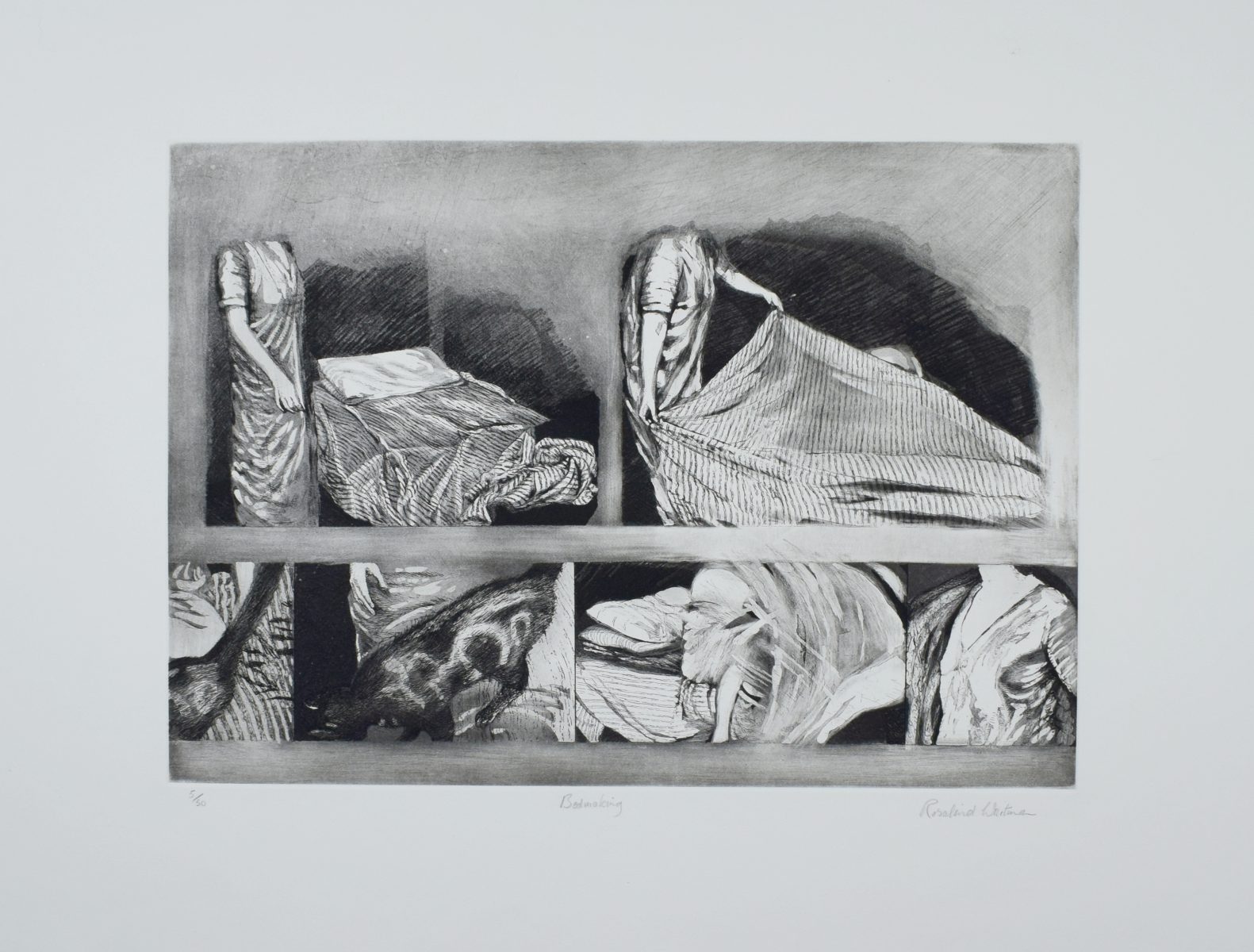
Bedmaking, Tabley Road, Holloway, etching
-
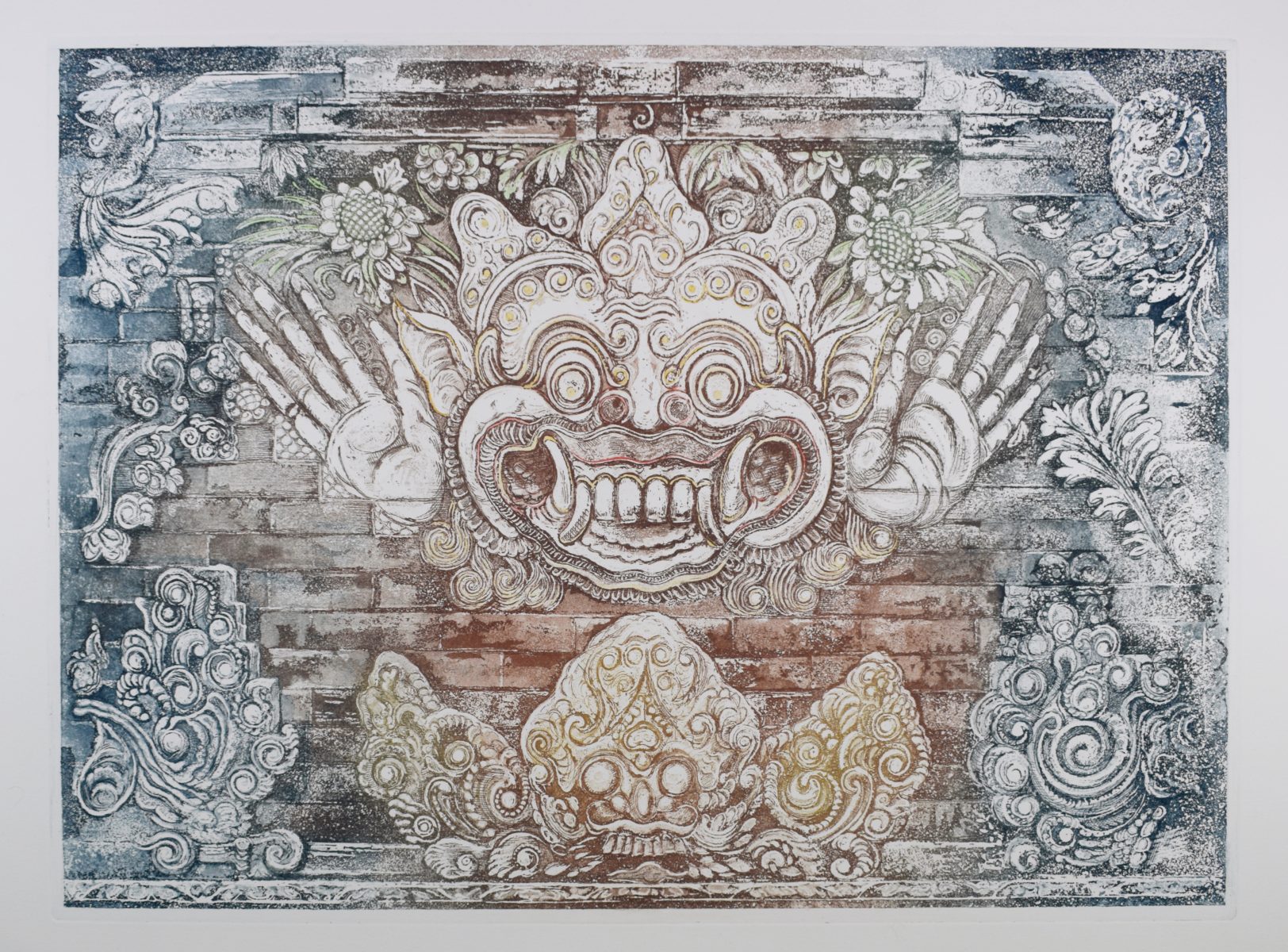
Boma Guardian Spirit, etching
-
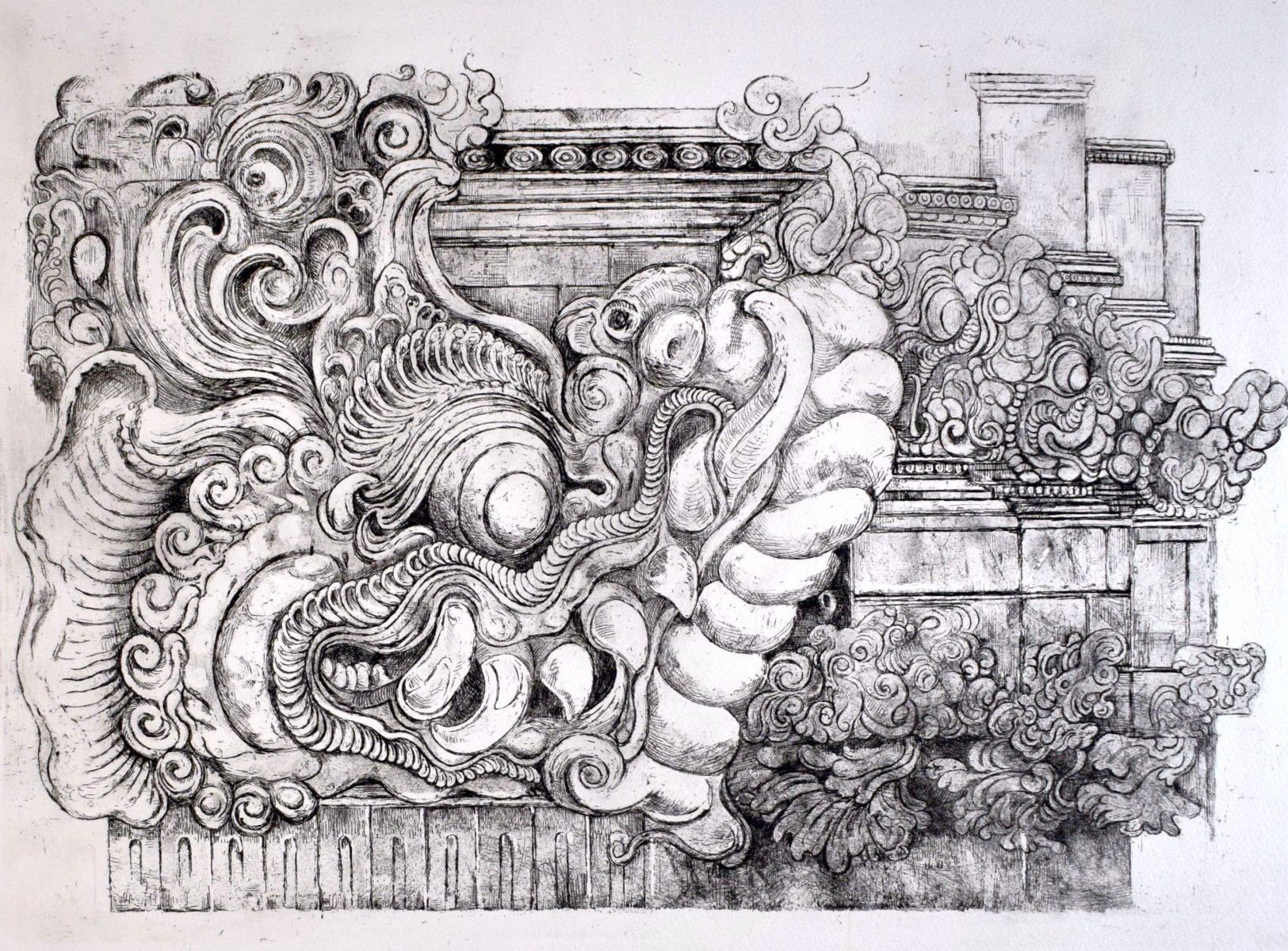
Bali Naga, etching
-
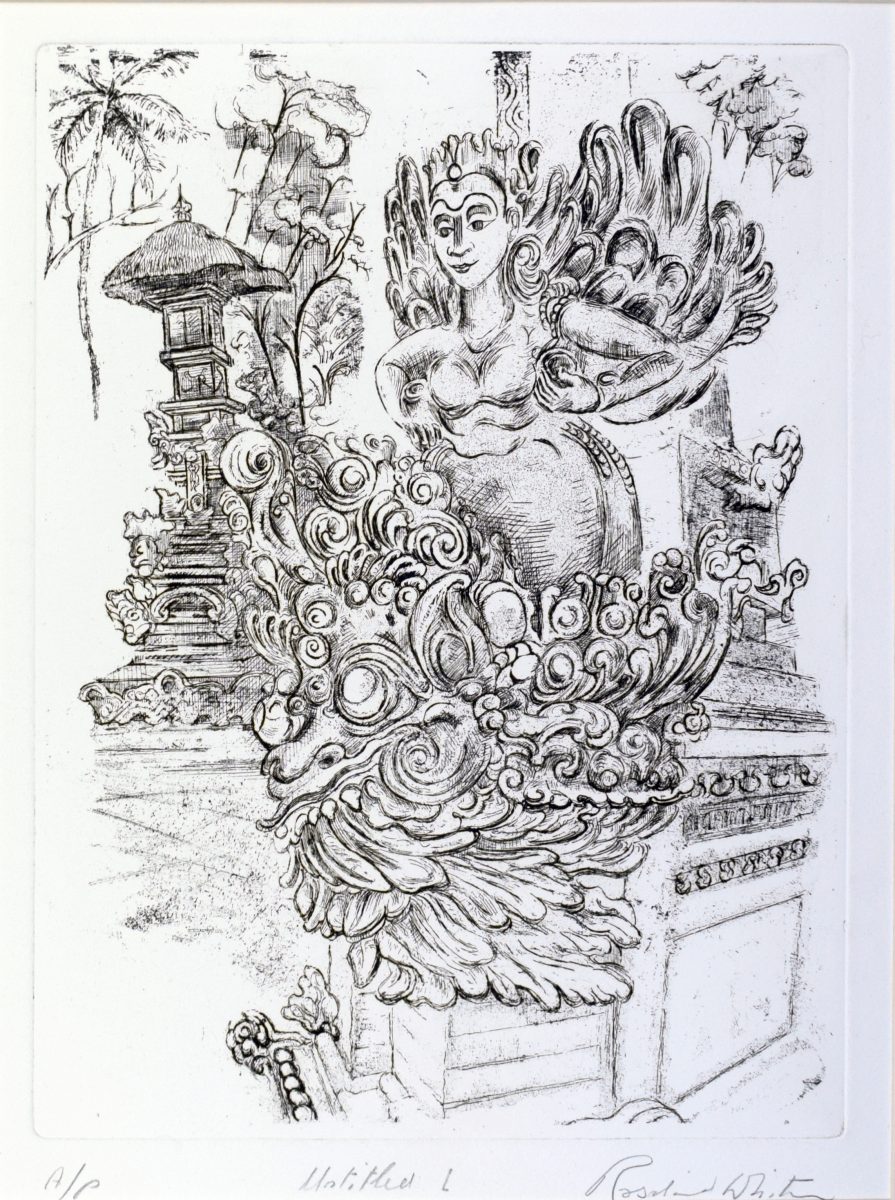
Unseen Forces, Bali, etching
-
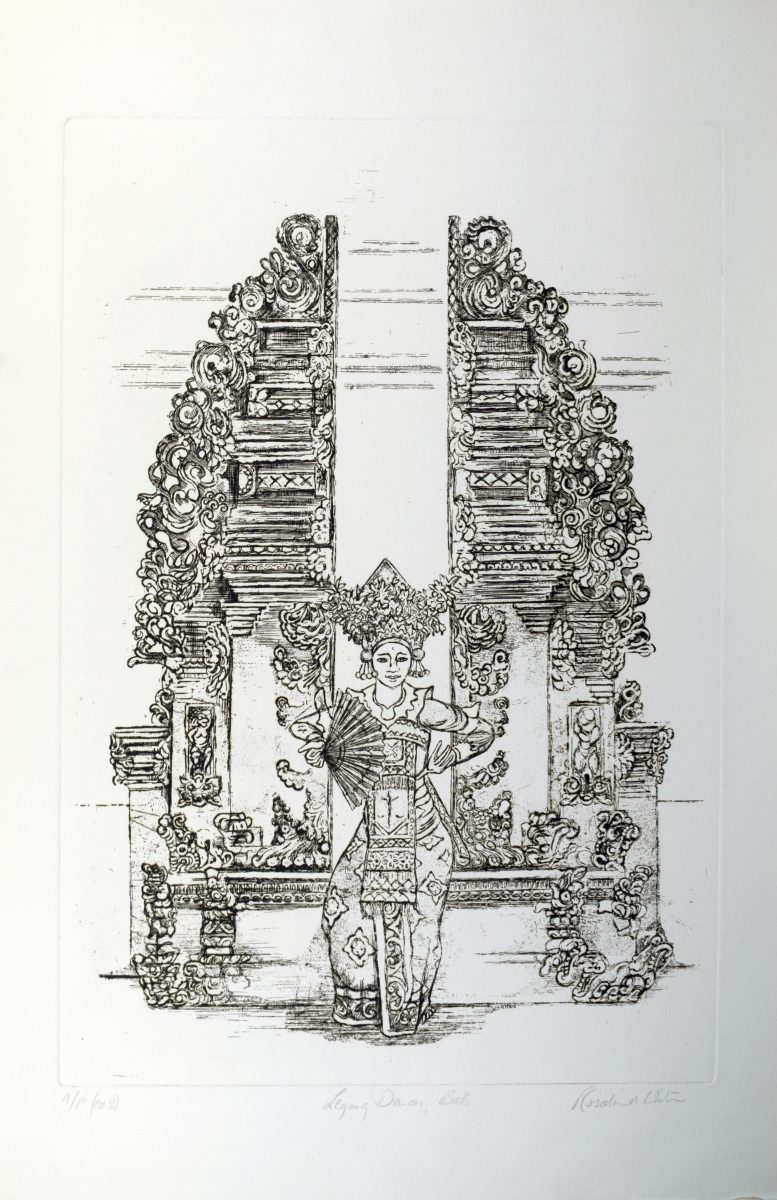
Split Gates, Bali, etching
-
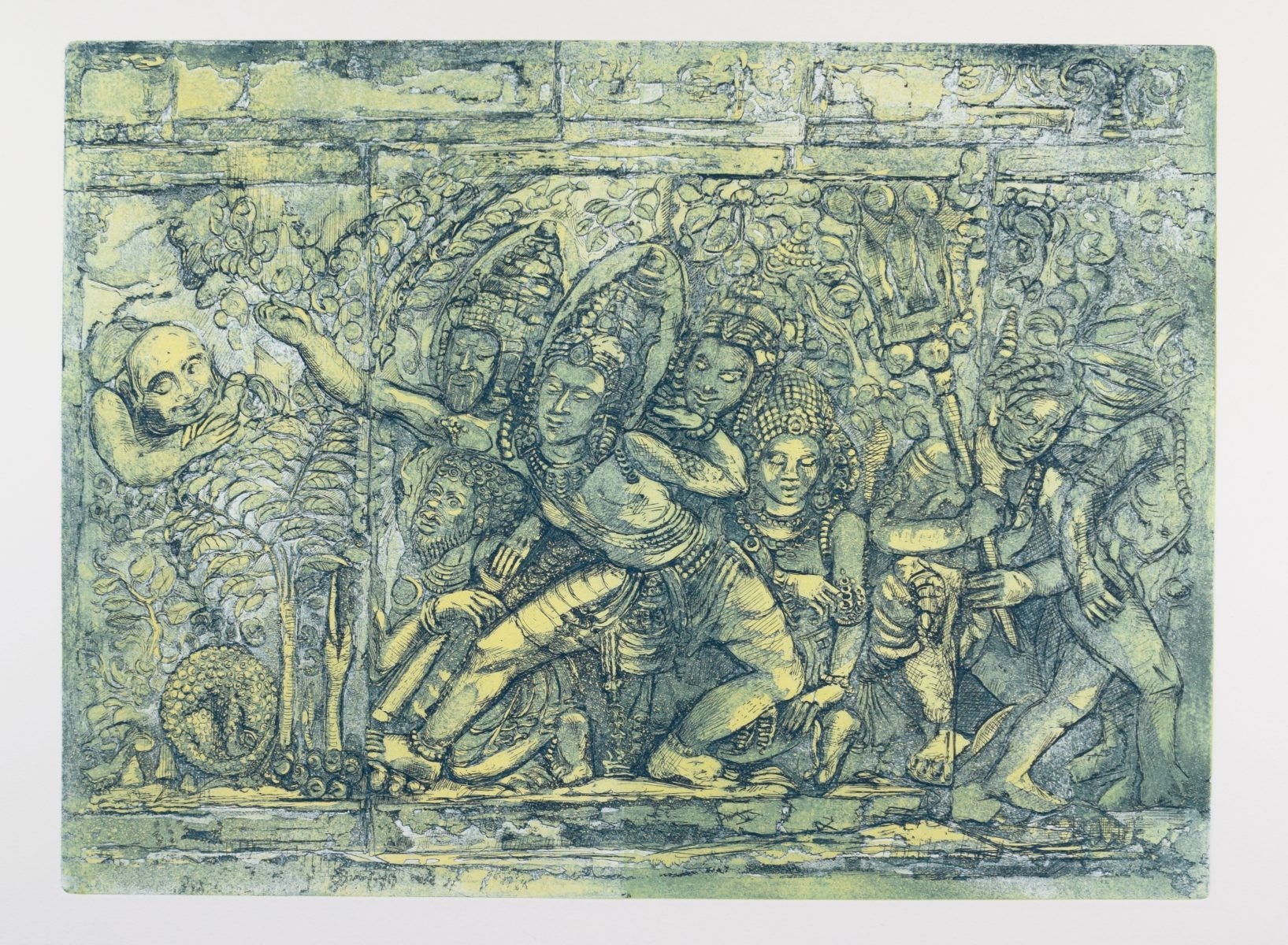
Borobudur 1, East Java, etching
-
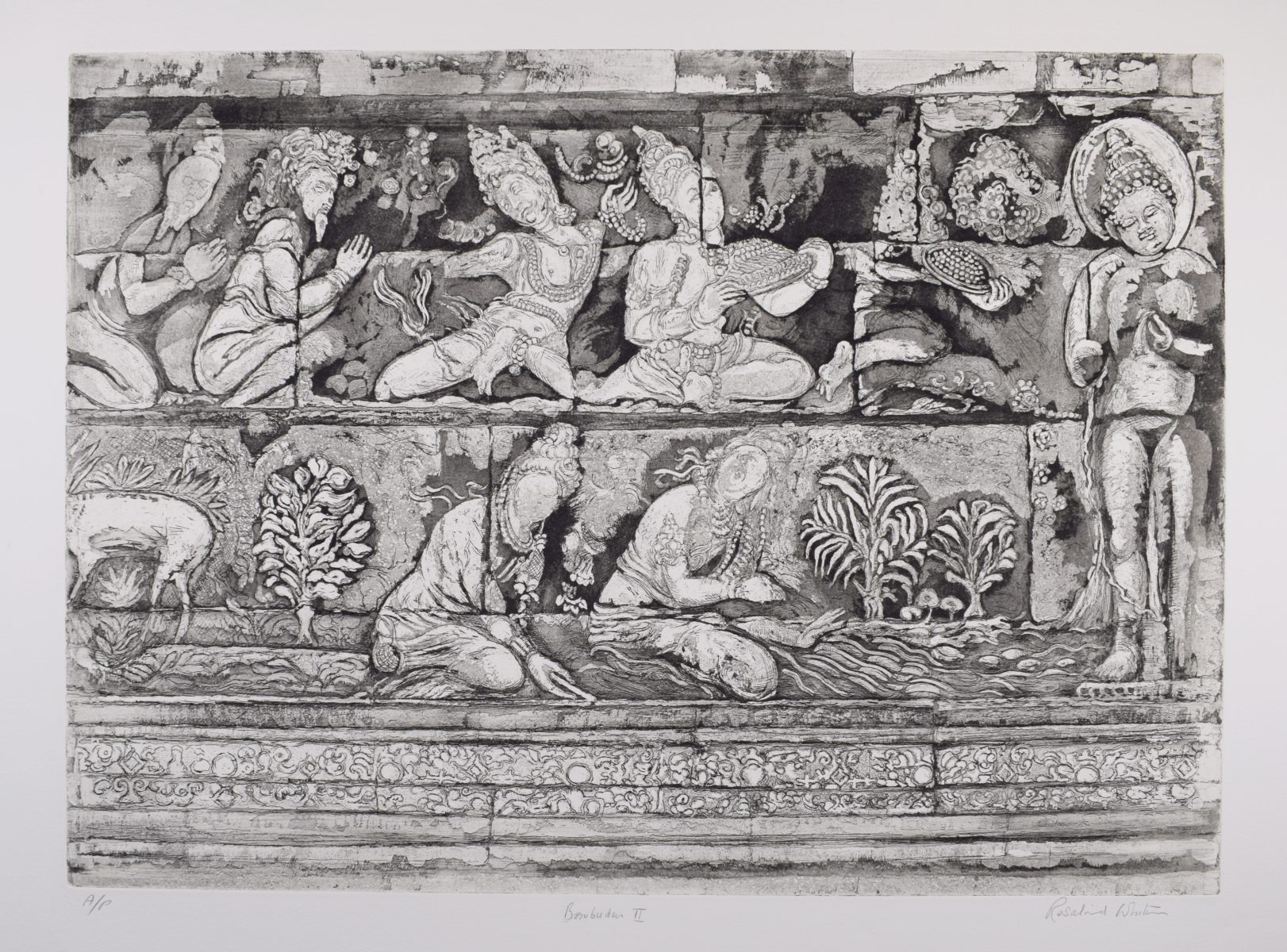
Borobudur 2, East Java, etching
For a number of years I created images inspired by Islamic architecture, scenery and scenes of the everyday life of peoples living in countries of the Arab world - travelling in Egypt, Yemen and Southern Spain, whilst nearer to home I created images from drawings of Medieval architecture in France and the North of England.
Drawings made during visits abroad were later developed into paintings and etchings, exhibited at the Africa Centre, in London, the Ghadir Gallery, in Kuwait, and at the Valparaiso School of Law, in Indiana, U.S.A.
An element of imagery in Arabic culture which intrigued me was the volume of cloth used in dress. I later tried to redirect my fascination with flowing cloth into images of my own life and culture, hence my etching: Bedmaking, Tabley Road, Holloway.
I made extended trips to Bali and Java, in 1993 and again in 2006. Works produced as a result reflect my experience of the metaphorical or symbolical dimension expressed in traditional Hindu-Buddhist mythologies and art-forms. Bali abounds with visual projections of a group psyche - a phenomenological wisdom once, but no longer shared in the western world. Soft, sandstone representations of the Naga, the ‘serpent-dragon’ ornament shrines and temples throughout the island. The daimonic spirit these sculptures embody is recognised as sacred, and is identified with water. The dual concept of Sikala and Niskala (Order versus Disorder), means that Balinese gods have both benign and malign attributes and, therefore, offerings are made to placate as well as honour these powerful influences. Works featuring material from this period have been exhibited at the British Indonesian Artists Society’s Exhibitions, at the Kufa Gallery in Mayfair, London, at the Jenggala Gallery, in Uluwatu, Jimbaran, Bali; and in Pranoto’s Gallery, Kutuh Khelod, Ubud, Bali.